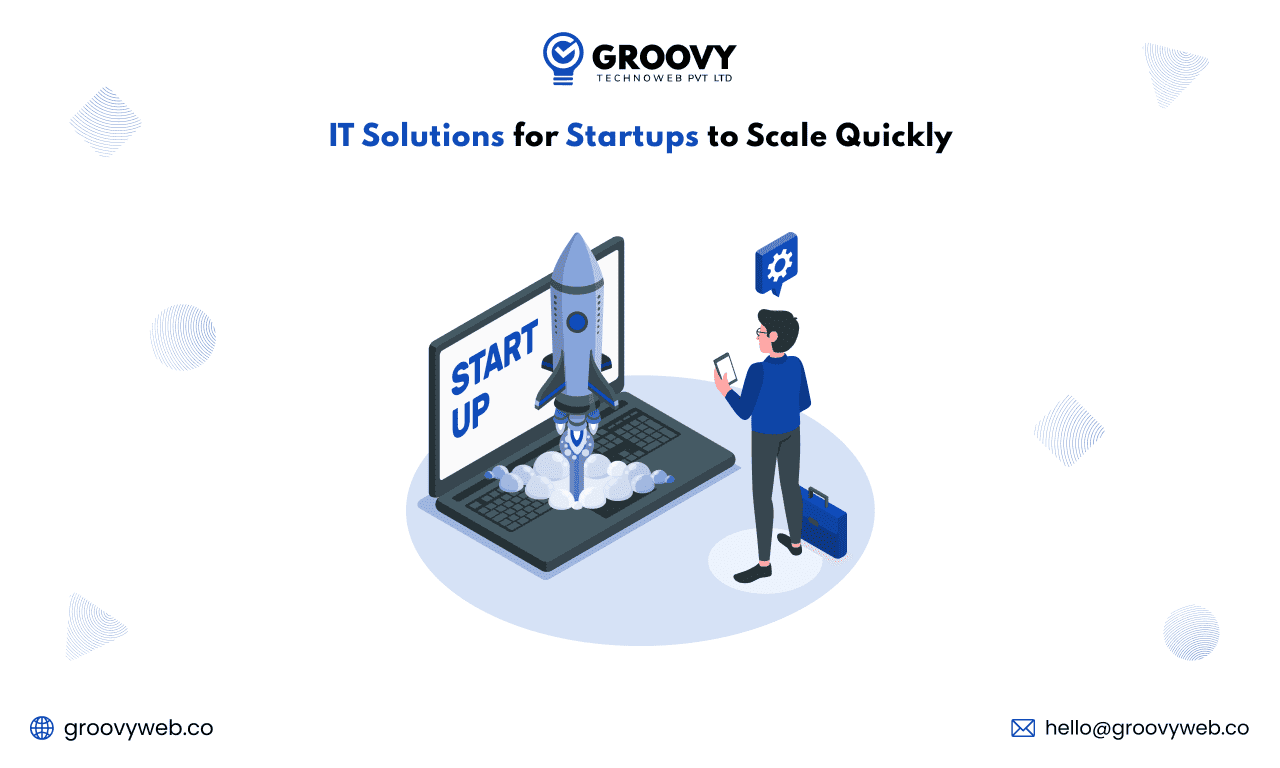Overcoming IT Outsourcing Challenges with Managed IT Solutions
Ashok Sachdev
February 21, 2025 70 Views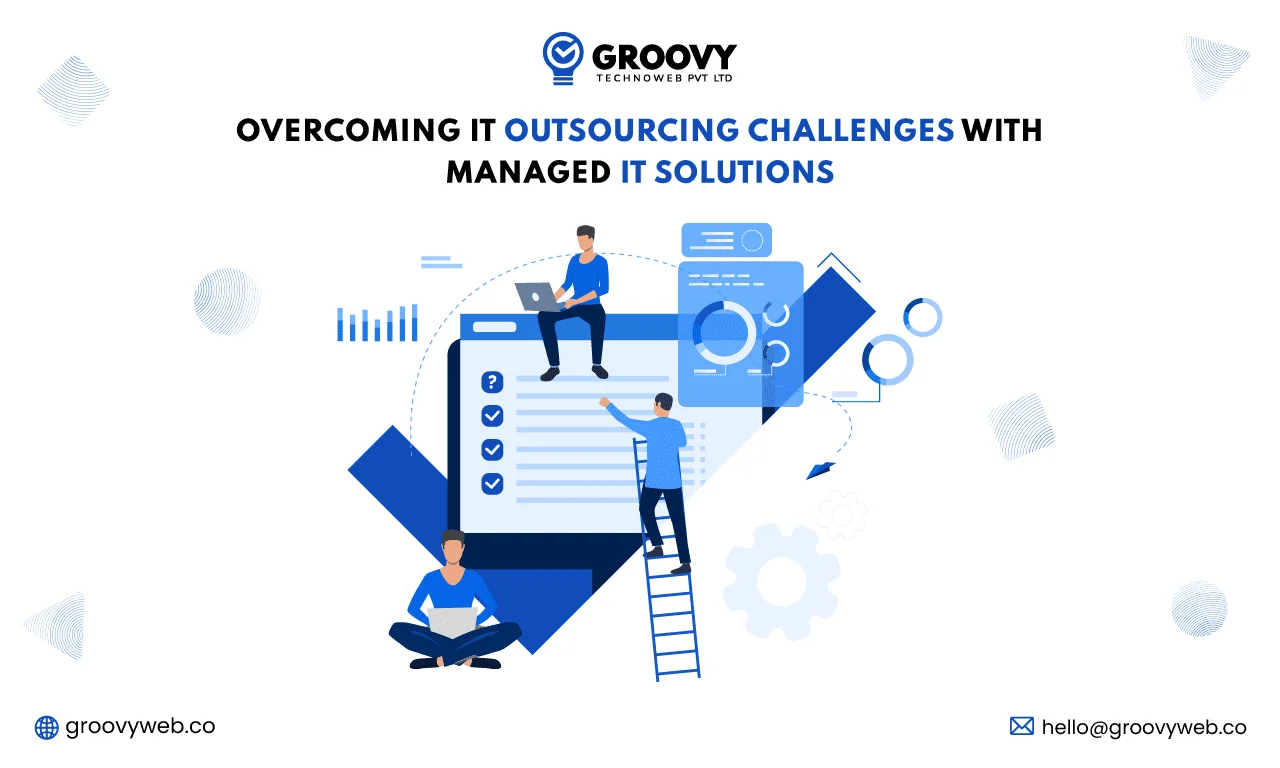
Quick Summary : Outsourcing IT services can help businesses reduce costs, access specialized expertise, and improve efficiency. However, challenges like communication barriers, security risks, and quality control issues often arise. Managed IT solutions provide a structured approach to tackle these challenges by offering proactive monitoring, enhanced security, and seamless collaboration. This blog explores common IT outsourcing hurdles and how managed IT services can help businesses overcome them for long-term success.
Nowadays, IT outsourcing has become the very armory that the organization takes to bring its costs down or access a global talent pool or increase their productivity ceiling. There is growing tendency among companies to outsource pretty much all IT services-research, software development, IT support, cyber security etc. To an external vendor, or remote teams, thereby allowing the organization to concentrate on its core business operations.
Experts state that the ever-increasing demand for low-cost IT services has led to the expected growth of the outsourcing market by 2030, which will be beyond $850.73 billion.
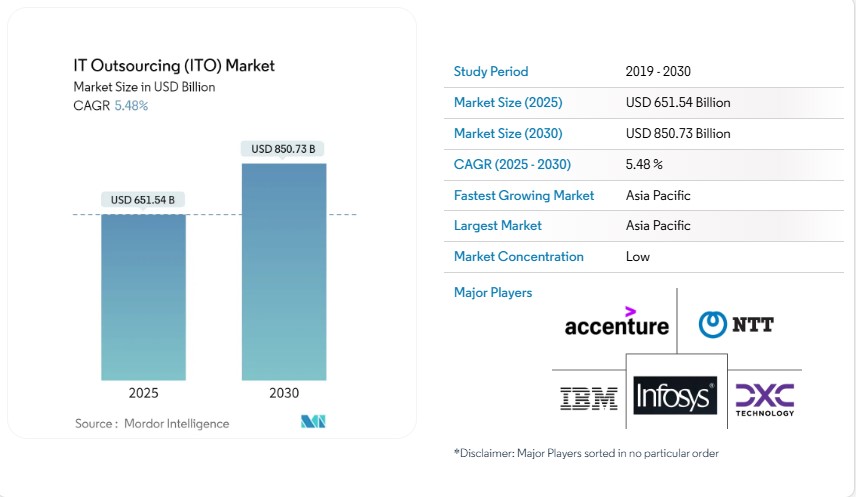
Generally, the advantages, such as scalability, access to new technology, and quick turnaround times of outsourcing, can be offset by some notable challenges that can potentially derail your success when gone wrong.
This is where having the right partner truly matters. With intelligent solutions for communication, security, and management, businesses can seamlessly navigate outsourcing challenges. That’s exactly what we do as a mobile app development agency.
In this blog, we’ll delve into commonly faced IT outsourcing challenges and how managed IT solutions can help businesses overcome them for long-term success.
Common IT Outsourcing Challenges
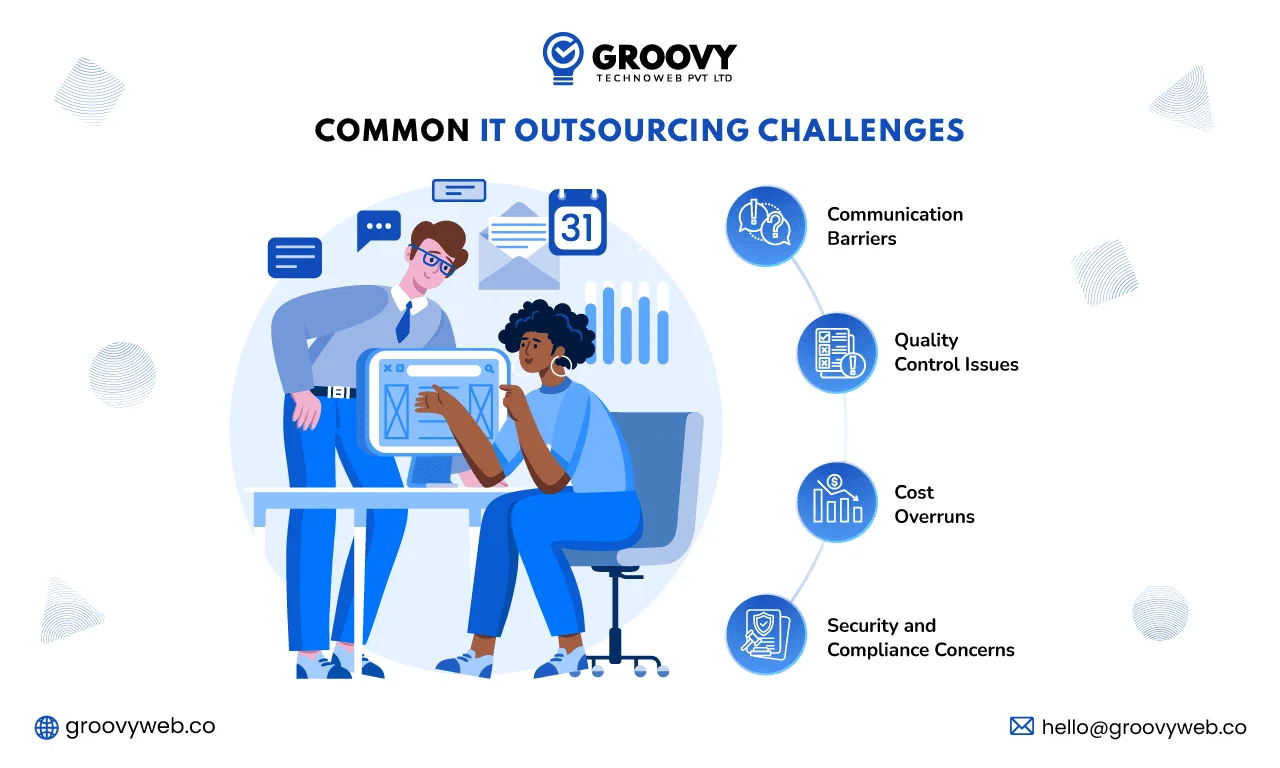
1. Communication Barriers
Any project is relatively effective when there is communication. Communication gaps usually arise in IT outsourcing due to time zones, languages, and cultures. Teams dispersed across the globe have negative impacts on information flow through delays in responses and misaligned expectations.
For example, a custom software development company based in the USA may face challenges in providing real-time online feedback to its development team in Eastern Europe. Due to the time zone difference, there could be delays in decision-making, which often leads to an extended project timeline.
The Project Management Institute (PMI) claims that 56% of project failures are attributed to insufficient communication.
IT outsourcing challenges created by communication barriers include:
- Misunderstanding of project requirements.
- Late responses resulting in delayed project delivery.
- The problem is made worse by ineffective collaboration tools.
2. Quality Control Issues
In IT outsourcing, quality standards often take a backseat when corporations prioritize cost benefits. This approach can lead to low-quality deliverables that require repeated rework, adding further costs. Additionally, misaligned quality assurance (QA) processes between the business and the outsourcing vendor often result in miscommunication regarding expectations.
Choosing between in-house development and outsourcing plays a critical role in maintaining project quality. Each option has its pros and cons. To make an informed decision, read our detailed comparison on In-House vs. Outsourcing Software Development.
Low-quality work can lead to non-compliance with regulations or even failure in business for companies in the finance and healthcare sectors.
3. Cost Overruns
While outsourcing is said to save money, companies often encounter several unanticipated expenses such as training, infrastructure setup, project delays, and contract management. Without careful planning and control, these factors can quickly inflate the outsourcing budget and erode expected savings.
To avoid such pitfalls, it’s essential to manage outsourcing costs effectively and structure agreements with a clear strategy. Learn more about the best practices in our comprehensive guide on How to Outsource Mobile App Development.
Example: A company may not have fully considered the costs involved in integrating the outsourced solution with its existing IT systems, resulting in expensive customization and unanticipated development costs.
Some of the key contributory factors toward cost overruns are:
- Vague project scope.
- Preliminary cost estimates were inadequate.
- Misaligned expectations result in rework.
3. Security and Compliance Concerns
Outsourcing IT services raises significant concerns for businesses about the safety of their data from breach, theft of intellectual property infringement, and violation of other regulations. This risk becomes very prominent in companies whose areas of operation have strict laws regarding data protection, such as GDPR or HIPAA, where dire consequences can follow.
Fact: Third-party vendors led to data breaches in more than 60% of organizations.
Security challenge in IT outsourcing challenges:
- Insufficient security protocols in place.
- Limited insight into the compliance practices of the vendor.
- Access control and data permissions poorly managed.
How Managed IT Solutions Address These Challenges
The IT outsourcing challenges presented by outsourcing IT functions have been handled in a very formal way by managed IT services. Whereas the normal course of outsourcing would leave one helpless against intrusions, with managed IT services, higher levels of security are incorporated along with proactive 24/7 monitoring, organized IT project management, and communication tools to keep it smooth.
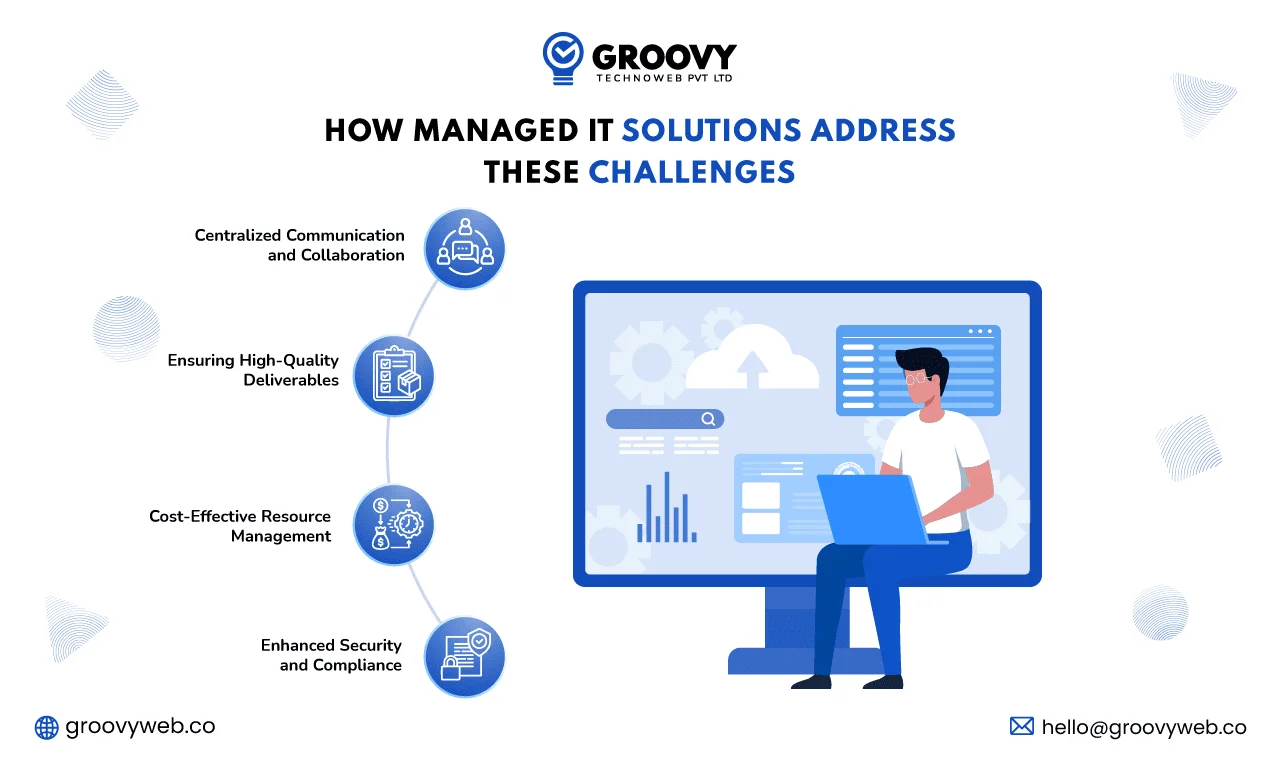
The key objective of managed IT services is to minimize risk, maximize productivity, and manage cost-effective project delivery. To elaborate, let us now see how the managed IT solutions address some key IT outsourcing challenges:
1. Centralized Communication and Collaboration
Concerning communication in IT outsourcing, sometimes, a big, biggest challenge is that such communications often suffer due to the time difference affecting remote teams, who at times use many varied communication tools. Managed IT solutions combat this by centralizing communication through a common platform, thereby facilitating collaboration between in-house and outsourced teams.
Microsoft Teams, Slack, Jira, and Asana are examples of such tools for communication and organization for all project-related communications, task management, and progress tracking. Such platforms streamline the communication chaos by integrating uninterrupted communication processes and provide a good platform for real-time collaboration.
Benefits of Centralized Communication
- An instant update of the project’s progress: The managers and stakeholders get to keep an eye on tasks in progress and milestones without delay from e-mails or weekly reports.
- File sharing and version control for free: Everything is in one place, so documents are the easiest to share and update, hence everyone has access to the latest version.
- Reduced possibilities for miscommunication and error: Clear communication channels abruptly eliminate any possibility of confusion, ensuring that all team members are 100% aware of tasks and expectations.
Example:
A logistics company in the U.K. was suffering delays in almost all projects due to communication issues with internally managed versus outsourced IT teams. A collaborative approach to the problem was taken wherein the company engaged a managed IT service provider. Centralized collaboration tools such as Microsoft Teams and Trello were rolled out. This initiative led to 35% faster response time and smooth team alignment.
Tools most commonly used:
- Microsoft Teams: For video calls, chat, etc.
- Asana/Jira: Task and project management.
- Slack: for real communication and tool integration with other PM tools.
2. Ensuring High-Quality Deliverables
It is a persistent task to ensure that project outsourcing yields high-quality deliverables in information technology. Poor quality control often leads to quality that needs rework and adds to the costs. Managed IT Solutions provide frameworks that help maintain quality standards with quality assurance protocols, performance testing, and continuous monitoring.
- Access to Certified Professionals: Managed IT service providers utilize professionals who possess expertise in areas such as cybersecurity, cloud computing, and application development, thus ensuring very high-quality products.
- Implementation of Industry Best Practices: Managed service providers use certain standards such as ISO 9001 for managing quality and ITIL for delivering IT services.
- Ongoing Monitoring and Advancement: Continuous audits and performance assessments are used to identify areas open for improvement, ensuring that project quality remains at par throughout its cycle.
For example:
A financial services organization struggled because of the fluctuating quality of software that came from an outsourced team. A managed IT service provider was hired, and the company instituted a heavy QA process after which bugs were reduced by 40%, and quality overhead improvement was about 25%.
Steps Taken:
- Automated testing was instituted for early identification of defects in the development cycle.
- Conducted performance reviews routinely, inclusive of full feedback.
- Implemented ongoing improvement strategies, for example, Six Sigma.
3. Cost-Effective Resource Management
Cost-cutting is one of the prime reasons businesses go for outsourcing. Unfortunately, there are costs borne by the business that may not have been foreseen; these include infrastructure, rework, and project delays that lead to budget overruns. Managed IT services thus afford companies an environment with predetermined pricing and budget control, preventing unforeseen extra charges.
Why Managed IT Services Work Out Economically:
- Pay-as-You-Go Model: One saves extra costs when the business pays only for what it needs.
- Maximize Resource Utilization: Managed IT services allow the company to effectively utilize resources based on live demand.
- No Infrastructure Costs: With cloud solutions, there is no need for costly on-premises servers or setups for IT.
Example:
A retail company that has been growing rapidly requires flexible IT resources to meet changing demands. Implementation of a managed cloud infrastructure resulted in a 20% year-on-year reduction in IT costs to the company with flexibility in changing resources as required.
Cost-Saving Factors:
- Hosting on AWS and Microsoft Azure for high scalability.
- Dynamic allocation of resources depending on the current (project) needs.
- No long-term contracts, allowing the company to pivot without financial pressure.
Tip: Savings can be reinvested into growth initiatives such as product development and market expansion.
4. Enhanced Security and Compliance Protocols
Security and compliance warrant prime consideration for any company outsourcing its IT services. Managed IT providers focus on data security through multiple layers of protection and by ensuring that all processes comply with relevant regulations such as GDPR, HIPAA, and PCI-DSS.
How Managed IT Solutions Ensure Security and Compliance:
- Incident Response Teams: Highly trained security experts continuously monitor the systems 24×7 and counter any potentially dangerous threats before they escalate.
- Regular Security Assessment: Vulnerability scans and penetration tests are performed to identify and fix any vulnerabilities.
- Compliance Monitoring: Managed IT providers continuously help businesses stay compliant with industry-specific regulations through regular audits and detailed reporting.
Key Security Features:
- Firewalls and Intrusion Detection Systems (IDS) are key to protecting networks against unauthorized access and cyber threats.
- Encryption protocols serve to protect sensitive information in both idle and transit modes.
- Multi-Factor Authentication (MFA) enhances security by requiring users to present multiple proof factors before they can access certain things.
Example:
An American healthcare provider was faced with several compliance issues surrounding HIPAA legislation. By working together with a managed IT service partner to implement hard-liner security and run continual compliance assessments, it eventually achieved full compliance with a 30% reduction in security incidents.
In short, Managed IT solutions deliver businesses an organized and proactive response to the challenge of IT outsourcing. Via efficient communication channels, tough quality assurance standards, and multilayered security protocols, companies can easily mitigate risks with improved operational efficiencies and sustained growth.
With managed IT services, companies are able to leverage customized knowledge with proactive support and scalable solutions, enabling them to stay competitive in a constantly evolving market.
Benefits of Combining Outsourcing with Managed IT Solutions

-
Scalability and Flexibility
Managed IT solutions’ highest advantage is that they allow scaling operations depending on business requirements. Whether during a short-term project or for building over-the-board IT capacity, managed IT services provide adaptable scheduling yet fast-forwards an organization with such flexibility.
Example: An e-commerce business scaled its IT infrastructure for the holiday shopping season to support increased traffic and avert downtime.
-
Proactive Support and Maintenance
Additionally, a managed IT service can monitor systems 24/7 and provide a proactive preventative maintenance service that detects and resolves issues prior to their effect on business operations. This dramatically reduces downtime and maximizes productivity by keeping the systems running smoothly.
Example: A retail company now has 40% less system downtime due to its implementation of proactive monitoring services.
-
Access to Specialized Expertise
Corporations can employ Managed IT services for having professionals with core skills such as cyber security and anything related to the cloud like AI and DevOps. This implies that these companies can use what is the best technology without the encumbrance of continued training of in-house teams.
Example: Engage a managed IT supplement so that these businesses remain ahead of the trends and thus competitive.
-
Improved ROI and Business Growth
Managed IT solutions improve ROI by eliminating inefficiencies and optimizing resource utilization for businesses. These savings can be reinvested for innovation, product development, and market expansion.
Best Practices for IT Outsourcing with Managed IT Solutions
Choosing the Right IT Partner
Choosing the right managed IT service provider is the cornerstone of a successful IT outsourcing deal. The choice of partners should depend upon relevant experience, security protocols, and proven success in completing projects.
Checklist while selecting an IT partner:
- Valid industry certifications, like ISO 27001 and SOC 2.
- Positive client reviews and use cases.
- Custom solutions are designed to scale with business growth.
Defining Clear SLAs and KPIs
Service Level Agreements (SLAs) and Key Performance Indicators (KPIs) define the terms of expectations regarding deliverables in projects as well as performance metrics. These parameters are defined so as to create responsibility and alignment of the business with the managed IT provider.
Regular Performance Reviews and Feedback Loops
Frequent performance reviews aid the improvement process and help to sustain alignment with business objectives. Managed IT providers conduct quarterly reviews to obtain feedback and improve continuously.
Case Study: A Real-World Example
Scenario: Outsourced IT operations have been unsafe for a U.S. healthcare provider as down times have been rampant, and compliance remains a huge risk.
Solutions: The company partnered with a managed IT service provider to implement proactive monitoring, better data security protocols, and more effective communications.
Outcome: In just six months, the company will reduce system downtime by 45% and reach full compliance with HIPAA standards coupled with better operational metrics.
Closing Thoughts
IT outsourcing is a game-changer for businesses looking to scale, innovate, and reduce costs. However, like any powerful strategy, it comes with its own set of challenges. This is where managed IT solutions make a real difference streamlining communication, ensuring consistent quality, optimizing costs, and strengthening data security.
By partnering with a reliable managed IT service provider, businesses can unlock the full potential of IT outsourcing while keeping risks in check. The result? Improved operational efficiency, higher ROI, and sustained business growth.
At Groovy Web, we specialize in providing tailored managed IT solutions to help businesses overcome these challenges and scale seamlessly. Whether it’s IT project management, quality assurance, or securing your IT infrastructure, we’ve got you covered.
Written by: Ashok Sachdev
Ashok Sachdev is the Project Manager at Groovy Web who began his professional career as a programmer at the young age of 17. Ever since then he is actively growing, learning new things, and adapting to new roles and responsibilities at every step. Aside from being an app developer, he is highly admired for his project management skills by his clients.
Frequently Asked Questions
We hope these clear your doubts, but if you still have any questions, then feel free to write us on hello@groovyweb.coHow do Managed IT Solutions help in overcoming outsourcing challenges?
Managed IT Solutions offer proactive monitoring, enhanced security, and streamlined project management to ensure seamless operations. They provide dedicated teams, better communication channels, and real-time performance tracking to ensure quality outcomes.
What steps can be taken to manage time zone differences in outsourced IT projects?
Companies can adopt overlapping work hours, clear communication protocols, and project management tools like Jira, Asana, or Trello. Additionally, Managed IT Solutions providers offer 24/7 support, ensuring continuous project progress despite time zone gaps.
What are the benefits of outsourcing IT to a Managed IT Solutions provider?
Some key benefits include cost savings, access to skilled professionals, faster project execution, enhanced cybersecurity, and round-the-clock support. Managed IT providers also offer scalability, allowing businesses to adapt resources as per project demands.
What industries benefit the most from Managed IT Solutions?
Industries like healthcare, fintech, e-commerce, SaaS, and manufacturing benefit significantly from Managed IT Solutions as they require secure, scalable, and reliable IT services.
Related Blog

Krunal Panchal
How To Build Flutter Web Application For Startup
Web App Development 09 Jan 2025 13 min read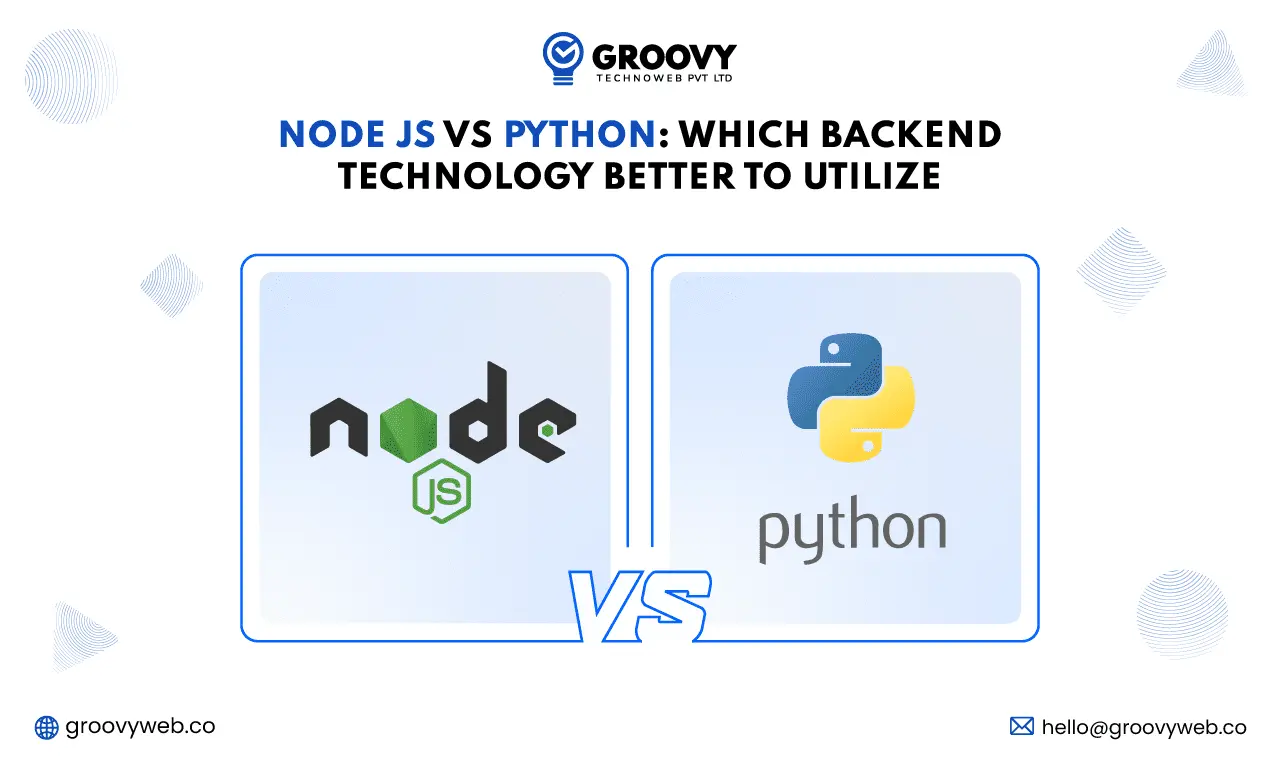
Rahul Motwani
Node JS vs Python: Which Backend Technology Better To Utilize
Web App Development 13 Nov 2024 8 min readSign up for the free Newsletter
For exclusive strategies not found on the blog
